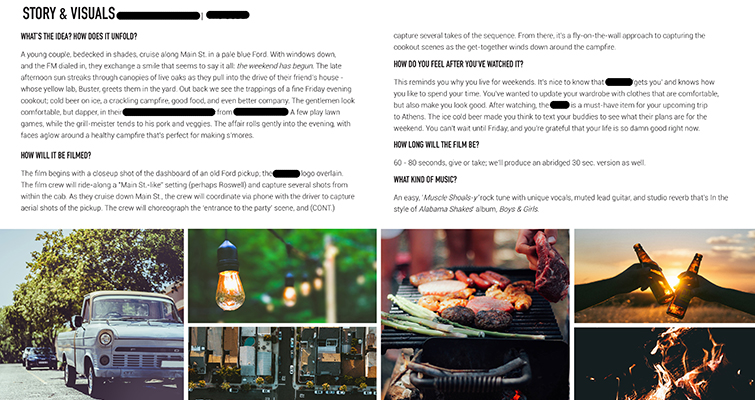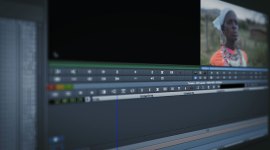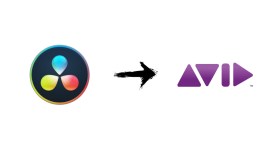
Take Your Creative Briefs to the Next Level With Adobe InDesign
Make your creative briefs pop with Adobe InDesign, and learn how to combine aesthetics and narrative into something that resonates with your clients.
Cover image via Alexander Kirch.
As freelancers, the primary reason we use creative briefs is to define the aesthetic and storyline of a project and align our creative vision with our client’s goals.
However, we think of our proposals and treatments as opportunities to stand out in the crowd, make our clients feel special, and add some wow-factor to our projects.
Often referred to as treatments, storyboards, or simply creative briefs, these documents combine several elements that outline the story, the aesthetic, and the creative approach to jaw-dropping projects.
Simply put, our goal with each and every brief is to create a rich treatment that unveils our unique approach to the client’s needs.
One of the ways we can do this is by getting out of the word processor and stepping into a more creative application, like Adobe InDesign.
In this video tutorial, let’s take a look at just how to do that.

Why InDesign?
Adobe InDesign is a desktop publishing application for creating ebooks, presentations, magazines, and interactive PDFs. It’s an excellent tool for creating professional and eye-catching proposals.
Users have full control over what goes on the page, without the formatting limitations of some word processors. However, InDesign’s greatest advantage for filmmakers and other creatives is that it lets you add and arrange visual material, such as photos, images, and interactive elements — like videos and animations.
But before we talk about how to use the application, let’s talk about what elements your creative briefs should include.
The Five Elements of a Creative Brief
Your creative briefs need to be short (1-2 pages max.).
Your clients will be busy running their businesses, and it’s likely that your project is just one among many that they’re balancing. Respect their time with a “one-pager” that answers the five key questions of any project.
1. How does the idea unfold?
This section should consist of a 5-7 sentence summary of your storyline. This is the meat of the proposal, and it should tell the client what the project is about.
2. How will you film it?
How will you shoot the project? Is there any key information that your client should know — things like capturing aerial footage, hiring actors, working in precarious locations, etc. Don’t bog them down with production lingo, but explain any scenes that would require extra equipment, team members, or setups.
Take this opportunity to showcase your problem-solving skills. A well-thought out approach will show your client that you’re worth the big bucks — and what you do is more complicated than just pointing the camera at something and pressing record.
3. How will viewers feel afterward?
Emotional effect often ends up on the sidelines in most project proposals.
This section is where you align your creative vision of the project to your client’s goals. How does this tie back to their target market? What calls to action should the spot include? Why does this film make their audience want to purchase, subscribe, visit, etc.?
4. How long will the project be?
Estimate the final length. At the outset, your client may specify a duration (such as a 30-sec television spot, etc.) However, if the project is more like a brand film, this could vary. Do you offer them a shorter vignette for their social media channels? List that information here.
5. What kind of music will you use?
Use this section of the proposal to outline a rough idea of the score. It’s a good idea to start this dialogue early for two reasons:
- To avoid post-production surprises.
- To get your music licensing coordinator started early.
What Comes After?
It’s important to walk your client through the finished creative brief. Clarify anything they don’t understand, and brainstorm ways to improve or realign the aesthetic. Once the client has signed off on the treatment, your next step is to ramp up pre-production. Conduct location scouting and test shoots, build out your production design, and write a shooting script that expands the storyline.
Looking for more filmmaking tutorials? Check these out.





